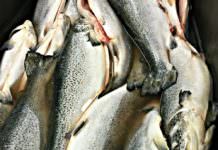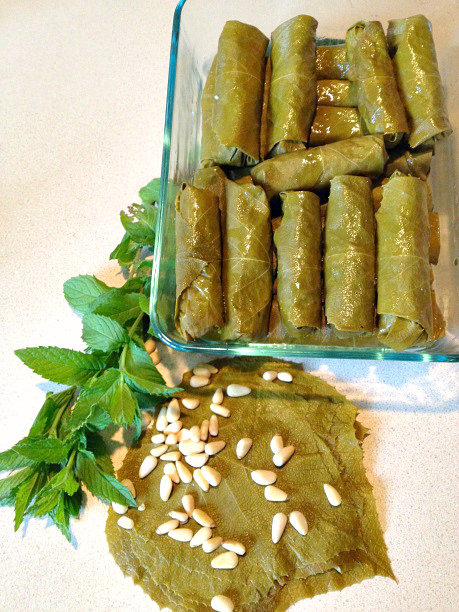
 You’ve driven past them, maybe even seen them in the woods. Think about it. Grape leaves. Guest contributor Wendy Yurgosky, who loves foraging on her property in Hunterdon County, gives us a primer on grape leaves and how to make your own stuffed grape leaves, or as the Greek call them, Dolmades.
You’ve driven past them, maybe even seen them in the woods. Think about it. Grape leaves. Guest contributor Wendy Yurgosky, who loves foraging on her property in Hunterdon County, gives us a primer on grape leaves and how to make your own stuffed grape leaves, or as the Greek call them, Dolmades.
by Wendy Yurgosky, Certified Holistic Health Counselor,
Dolmades are stuffed grape leaves common in Greece that use the season’s abundance for a delicious appetizer or snack with a fresh cooling zing of flavor.
Whether you have grapes growing in your yard, you’re helping your neighbor thin their vines, or foraging in the woods, the leaves are there to harvest. Also, HandPickedFarm.com, an organic farm in Flemington, carries fresh grape leaves. And if you can’t get fresh, local leaves, there’s always Wegmans.
How to harvest
The best leaves to harvest* are usually the 3rd and 4th leaves from the tip of the vine. These leaves are slightly yellow, soft, and have a slightly fuzzy feeling in comparison to the darker more leathery ones. Using a pair of scissors, cut the leaf at the juncture of the stem as close to the leaf as possible without puncturing it.
Dolmades
Yields 40 dolmades
INGREDIENTS
For the brine:
4 cups water
1 cup white vinegar
3 tsp salt
4 whole peppercorns
For the dolmades:
40 grape leaves
6 sprigs fresh mint
2 cups Jasmine rice (with 4 cups of water)
¼ cup minced onion
2 large cloves garlic
4 TBSP of olive oil
1 cup of pignoli nuts
Juice of 2 lemons
Salt to taste
HOW TO
- In a medium size pot, create a brine consisting of 4 cups water, 1 cup white vinegar, 3 tsp salt, and 4 whole peppercorns over medium high heat. Place the leaves in the pot after the water boils. Cook 3 – 5 minutes. Shut off the water and let the leaves sit in the pot for another 3 to 5 minutes before draining.
- Cook the rice in 4 cups of water.
- While the rice is cooking, blend the pignoli nuts, garlic, ½ the oil and ½ the mint in a blender. Pulse until diced. Add the rest of the mint and pulse again so that the remainder of the mint is at a course chop.
- When the rice is finished, add the diced mixture and the rest of the ingredients. Mix with a spoon until the rice is sticky; the residual heat in the rice will cook the garlic.Let the rice mixture cool.
- Start stuffing the leaves by laying a leaf out with the underside facing up and the base closest to you. Place a portion of rice approximately 4 inches x ¾ inch in size on the stem base and roll once. Then fold in the sides and continue the roll until complete
- Repeat until all leaves are filled.
- Drizzle with olive oil before serving.
*A couple of important tips for foraging grape leaves. When foraging be sure you properly identify before you consume. In regards to grapes there are many different varieties but the only dangerous one that I’m aware of is the Canadian Moonseed which has many noticeable differences, mainly the crescent moon shaped seed. Moonseed is poisonous. This is how you can tell the difference between edible grape leaves and Moonseed.
- Leaves. Wild grapes have heart shaped, toothed leaves generally with three lobes with the stem connecting at the clef of the heart on the underside. The Moonseed’s leaf is smooth, not toothed, and looks more like an ivy leaf.
- Tendrils. Wild grapes have tendrils that divide into two pieces which determines family. Two tendrils are from the muscadine family. Moonseed does not have tendrils.
- Seeds. Moonseed has a singular crescent disc shaped seed where grapes have multiple oval seeds.
 Wendy Yurgosky is a Certified Holistic Health Counselor who looks to the root of the client’s health concerns and educates them about the tools needed to aid in the bodies healing process. Just a few of the benefits reported by Wendy’s clients include weight loss, decreased inflammation, change in cholesterol levels, increased energy, and a marked change in behavioral issues in children. Wendy offers one on one and group programs, food foraging hikes, and cooking demonstrations.
Wendy Yurgosky is a Certified Holistic Health Counselor who looks to the root of the client’s health concerns and educates them about the tools needed to aid in the bodies healing process. Just a few of the benefits reported by Wendy’s clients include weight loss, decreased inflammation, change in cholesterol levels, increased energy, and a marked change in behavioral issues in children. Wendy offers one on one and group programs, food foraging hikes, and cooking demonstrations.
www.BalancedHealthNaturally.com
Facebook/BalancedHealthNaturally
908.672.6510

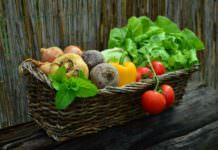

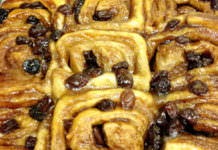
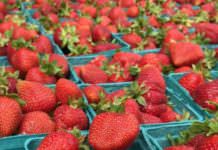

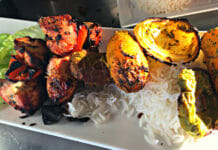

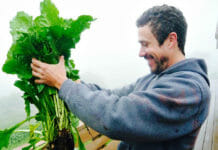
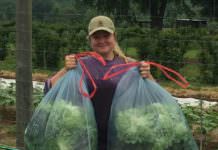
![What we’re reading [Oct 16 2017]](https://www.buckscountytaste.com/wp-content/uploads/2017/10/coffee_macbook_reading_pexels-photo-414630-218x150.jpeg)
